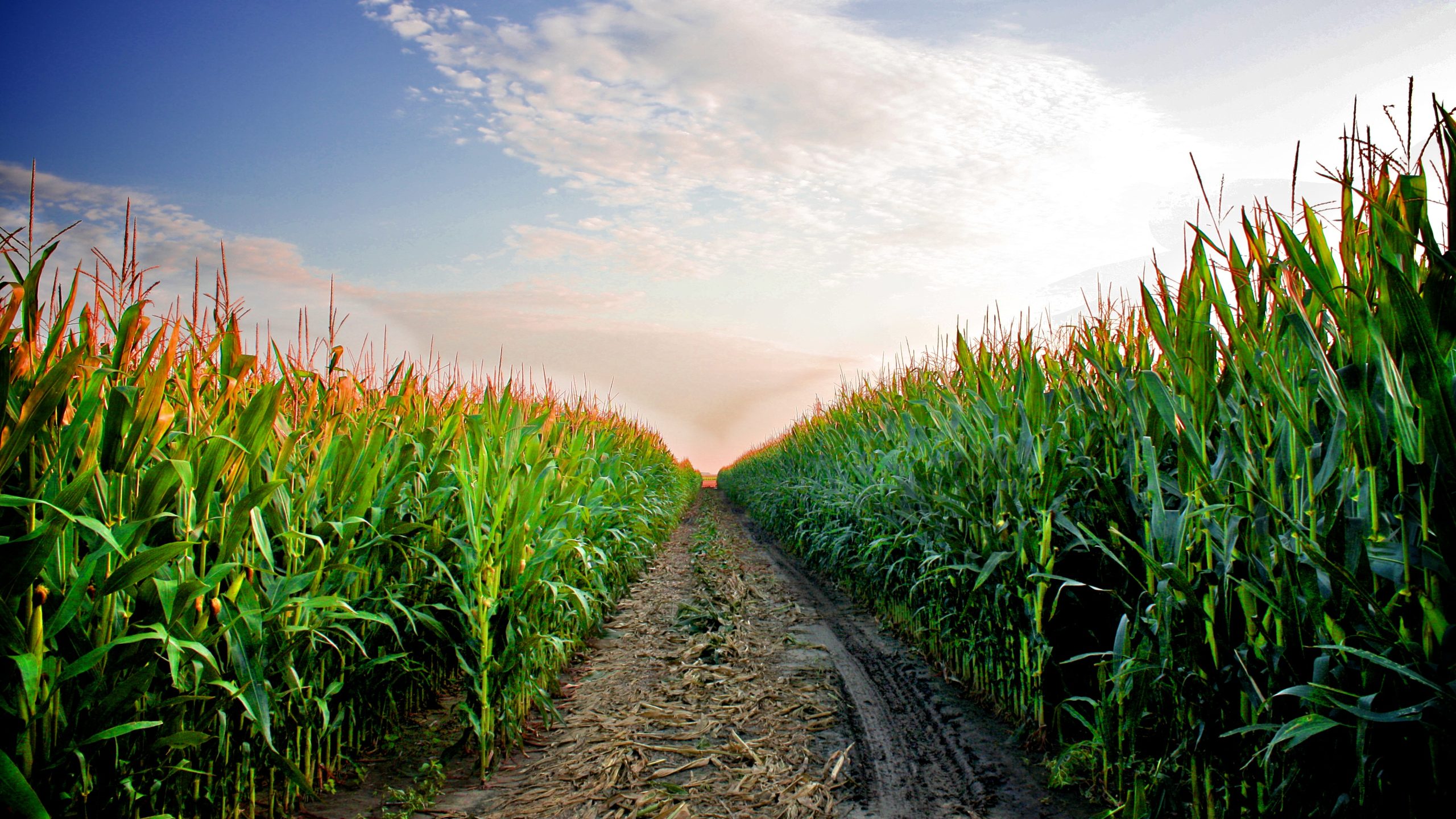Science class in high school hasn’t taught me much about farming, but working on my father’s farm has taught me a lot about science.
I’m receiving my formal education at St. Joseph High School in Hammonton, New Jersey, where I’m just now starting the 10th grade and playing offensive line on the JV football team. At the same time, I’m earning an informal—but equally important—education on our family farm.
This spring, I planted all of our corn and some of our soybeans. Over the summer, I protected them from weeds. We’ll harvest soon. Along the way, I’ve learned practical lessons about hard work as well as the need to keep fields clean and crops in straight rows.
I’ve also received hands-on lessons in science. You might say that science is in almost every mouthful of food we eat. It was certainly in every seed I put in the ground. The corn and soybeans we choose to plant on our farm are genetically modified to fight weeds, pests, and drought.
A lot of people seem to think farming is like tending a garden, only bigger. They don’t realize that this is no hobby – it’s a business. Advanced science is at the core of modern agriculture.
When many of us think of biotechnology, our minds turn to test tubes and lab jackets. Mine turns to tractors and fields. In reality, biotechnology occurs every day in nature, under a different pseudonym: adaptation. I’m a biotech adopter, and I’ve gained a basic understanding of how genetically modified crops work and a genuine appreciation for why they matter.
From the earliest times, people have tried to create the best ways to feed the masses. This has always involved genetic modification. When ancient farmers noticed that a certain crop survived a dry summer or resisted a harmful pest, they recognized that it possessed special properties. Through crossbreeding, they tried to make these desirable genes pass down from one season to the next.
Although they failed much more than they succeeded, they also enjoyed great accomplishments.
Consider the case of corn. Today, it’s one of the most instantly recognizable crops, growing taller than most people stand and producing big cobs full of kernels that we feed to livestock and love to put on our own dinner plates.
Thousands of years ago, there was no such thing as corn. There was only a wild grass called teosinte, and it produced just a few kernels per plant. Countless generations of Mesoamerican farmers—Aztecs, Mayans, and others—went to work. Across the centuries, they transformed teosinte into the modern corn crop.
Similar stories could be told for just about everything we cultivate.
Old-fashioned breeding was a bit like playing the lottery: Mostly you lose, though occasionally you win. Today, we have the scientific know-how to win more often and in less time. We can make big improvements from one growing season to the next, not needing to wait decades or longer. In a sense, we’re still playing the lottery, but biotechnology rigs the odds in our favor.
We can also perform crossbreeding exercises that are beyond the reach of conventional biology. The way to defeat the citrus-greening disease that presently threatens to wipe out Florida’s entire orange industry, for example, may lie in the DNA from spinach.
Some people talk about farm biotechnology as if it tries to harness powers we barely understand and produces plants that glow in the dark. This is beyond silly: Scientists know what they’re doing and farmers know what they’re planting.
Because of these advances, we’re growing more food on less land than ever before. We’re also saving the papaya in Hawaii, discovering ways to insert extra nutrition into the rice paddies of Malaysia, and searching for methods that will help coffee growers protect their beans from fungus in Colombia.
I probably wouldn’t know any of this but for farming: I’ve learned about the past and future of agriculture from farmers like my dad.
I don’t know if I’ll be a full-time farmer when I grow up—I have a lot of time to decide—but I’d definitely like to keep our farm in the family’s hands. One thing is for sure: If we’re serious about feeding the world and making agriculture a viable profession for young people to enter, we must embrace biotechnology and all it can do for us.
John Rigolizzo IV is entering the 10th Grade at St. Joseph High School in Hammonton, New Jersey. He works on the family farm in Berlin, New Jersey. Johnny is the youngest member of TATT Board member John Rigolizzo’s family and the newest addition to the Truth About Trade & Technology Global Farmer Network (www.truthabouttrade.org).
Follow us: @TruthAboutTrade on Twitter | Truth About Trade & Technology on Facebook.

